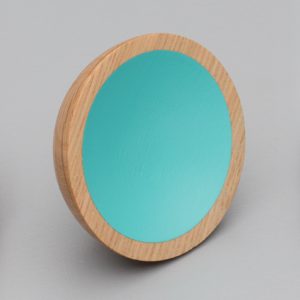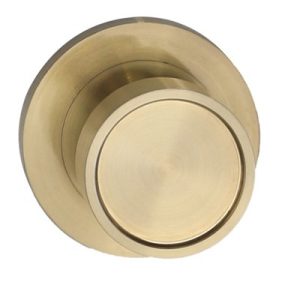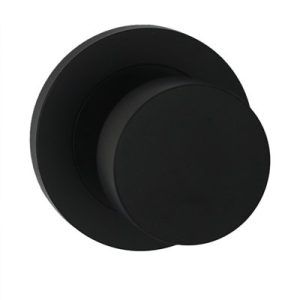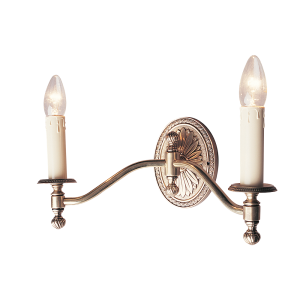Care and Installation of Your Door
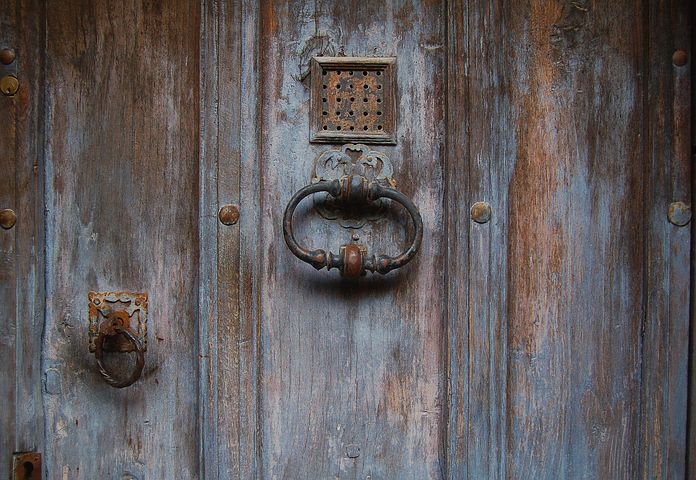
Installation
Always check the size of doors prior to installation. It is advisable to make door jambs approximately 6mm wider than the door to allow for hinges and paint. Most doors will need trimming to suit door jambs as most jambs are not square or level. Doors can be planed or machined by up to 10mm on all sides without affecting the integrity, strength and proportions of the door.
Sealing of Doors
Doors should be sealed with primer, undercoat or polished on ALL surfaces ESPECIALLY the top and bottom edges immediately after removing the plastic shrink wrap. Doors should then be hinged, hung and planed if necessary to fit jambs. The door should then be removed from the jamb for touch up of primer, final painting or polishing coats. After this the door can be rehung on jambs.
Painting or Polishing of Doors
AVOID dark colour paint on exterior doors directly exposed to harsh sunlight as this will put stress on the door and will void warranty. Oil stains or any stain that has black on it creates a splotchy effect on the door grain which may look unsightly.
Helpful Hints
Preparing your door for staining or painting
With 150 grit sand paper, lightly sand along the direction of the grain removing any glue residue where the horizontal timber rails meet the vertical rail joints. Sand beading and remove putty residue from nails or brad holes. Remember, do not sand across the grain as this will scar the timber surface. For staining, go over the door once more with 220 grit sand paper lightly sanding in the direction of the grain. Remember, clear lacquer or varnish will highlight colour variations blemishes and putty marks, so speak to our staff about your best options. If applying any number of coats of lacquer or paint, always lightly sand between coats for best results.
Shopping Cart
Products
Product categories
- Architectural Hardware
- Assorted Fittings
- Bells
- Bolts
- Cabinet Fittings
- Cabinet & Box Hinges
- Cabinet Catches
- Cabinet Escutcheons
- Cabinet Handles
- Card Holder Drawer Pulls
- Contemporary Kitchen Handles
- Drawer Pull Handles
- Edwardian Cabinet Handles
- Federation Cabinet Handles
- French Provincial Cabinet Handles
- Georgian Cabinet Handles
- Nouveau Cabinet Handles
- Pedestal Cabinet Handles
- Period Cabinet Handles
- Porcelain Cabinet Handles
- Ring Pull Cabinet Handles
- Tear Drop Cabinet Handles
- Cabinet Knobs
- Cabinet Locks
- Castors
- Corbels
- Kitchen Drawer Knobs
- Kitchen Dresser Accessories
- Trunk Fittings
- Curtain & Stairway Fittings
- Door Hardware
- Hat, Coat & Robe Hooks
- Hinges - Door & Window
- Latest Styles
- Letter Plates & Mail Boxes
- Letters, Numerals & Signs
- Light Switches & Sockets
- Locks & Latches
- Picture Rail Hooks
- Plantar & Shelf Brackets
- Window Hardware
- Baths & Accessories
- Doors
- Back Doors & Laundry Doors
- Barn Doors
- Bungalow Doors
- Bushfire Entrance Doors
- Classic Glass Entrance Doors
- Colonial Doors
- Contemporary Glass Entrance Doors
- French Doors
- Grand Entrance Doors
- Horizontal Glass Entrance Doors
- Interior Glass Doors
- Interior Panel Doors
- Solid Panel Entrance Doors
- Vertical Glass Entrance Doors
- Victorian Doors
- Eco Tile Factory
- Fireplace Accessories
- Furniture & Giftware
- Lighting
- Polishes & Finishes
- Porter's Paints
- Wood Tools
Newsletter Sign up
Sign up to the Adelaide Restoration Centre Newsletter below:

